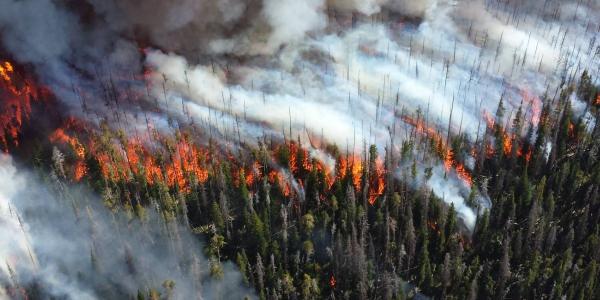New York City Proposes Indoor Air Quality Regulations in Response to Wildfire Smoke

New York City officials are planning to propose indoor air quality regulations that have been under development for nearly a year. The urgency of these regulations has been heightened by the heavy smoke from Canadian wildfires that affected the East Coast.
Key Bills and Pilot Programs
Two bills will be presented by lawmakers, requiring the city to establish standards for measuring, monitoring, reporting, and enforcing air quality in schools and municipal buildings. These standards would be more detailed than the existing city building and health codes. Officials will have 18 months to develop the standards.
Another two bills will introduce five-year pilot programs aimed at analyzing air quality in residential and commercial buildings. The pilot programs would become effective four months after passage. While participation in the pilot programs would be voluntary for most residential and commercial buildings, those receiving city financial assistance after the legislation is implemented would be required to participate.
Permanent Regulatory Framework
If the pilot programs are successful, officials will later make recommendations for a permanent regulatory framework for residential and commercial buildings.
City Council member Keith Powers and Manhattan Borough President Mark Levine, both Democrats, have led the drafting of the legislation. Their efforts were initially driven by the importance of improving indoor air quality during the COVID-19 pandemic. The proposals were later expanded to include climate change concerns following the impact of Canadian wildfire smoke on New York City.
The proposed regulations align with updated ventilation guidance from the Centers for Disease Control and Prevention (CDC), which recommends changing the air in a space five times per hour to reduce airborne germs. Powers stated that the legislation lays out a framework for gathering and making indoor air quality information public. The legislators hope that these standards can serve as a model for other cities.
Although an estimate of the costs associated with implementing the indoor air quality standards is not yet available, Powers and Levine believe that the anticipated public health benefits will outweigh the expenses.

Air Quality Health Advisory and Criticism
New York City recently experienced an air quality health advisory due to poor air quality caused by ongoing wildfires. City council members criticized the city’s response to the wildfire smoke, expressing the need for more robust communication to inform and protect residents. Council members questioned Emergency Management Commissioner Zachary Iscol and others regarding the city’s actions.
Improving indoor air quality in schools was a particular concern during the pandemic. However, a federal survey published in April revealed that many public school districts had not taken sufficient steps to improve ventilation systems. The survey indicated that just under 34% of participating school districts had completed or were in progress with replacing or upgrading HVAC systems. Approximately 28% mentioned the installation or use of HEPA filtration systems in classrooms or student dining areas, or plans to do so.
The proposed indoor air quality regulations in New York City aim to address concerns arising from Canadian wildfire smoke and the COVID-19 pandemic. The proposed legislation seeks to establish standards, pilot programs, and a regulatory framework to ensure better indoor air quality. The city aims to prioritize public health and create safer environments by improving indoor air quality in schools and municipal buildings.